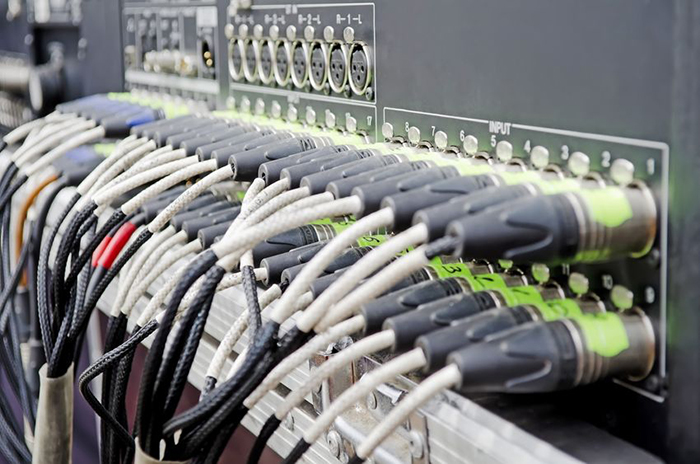Arms folded, mulling around listening to yet another round of Steely Dan or whatever song de jour happens to be in vogue at the time. I remember one year when the only sample tracks I heard came from the Eagles Live album. Yes, I’m talking about the common listening session.
As someone who spent decades on the manufacturer side of things, I can tell you that I’ve done hundreds (thousands?) of these types of listening demos in an attempt to capture a new system sale, and they all go pretty much the same way: everyone leaves with an impression of the system that really doesn’t reflect its potential or even its best use case.
Sometimes system software gets reviewed and sometimes deeper diving into the back end of the system gets explored, but as far as the listening experience itself, it’s about as subjective as it could be. The audience (potential customers) weren’t there when it was set up, they weren’t there when the model was done, they weren’t there when it was aligned and tuned, and their ears and talents had zero input on what was listened to.
Hardly a best-case scenario for judging what could be hundreds of thousands of dollars in equipment and many thousands of dollars and plenty of man-hours to pull it off. Oh, and without fail, someone is coming over with a phone-hosted MP3 that will absolutely destroy any credibility gained through the entire process.
When you’re shopping for a new car, do you always sit in the passenger seat while the salesman does the driving? No, of course not, so why then do sound systems get demonstrated in a way that keeps the important people away from the controls? It might look great in photos that there are 50-plus (or more) people standing there listening, but who amongst them can actually move the needle?
In the end, what a brand wants is quite simple. Sell a rig, or at least create some endearment for their products. However, in this day and age, there are few rental company owners willing to take the financial risk of buying a new sound system without a guaranteed tour stapled to it. With so many variables in play, I wouldn’t be surprised if only a handful of the attendees could be of any assistance to the brand – if any!
Blazing A Different Path
One must remember that a sound system is an aural experience for the audience, but simply a tool for the system tech and/or the front of house engineer. You can tell a carpenter all day long how great a hammer might be but until he swings it and drives in some nails, you’ll never fully convince him.
Like a hammer, the sound engineer needs to “feel” the system and that means having a console in place and having some recorded, uncompressed recordings to playback. Hopefully, these recordings are of his own creation but if not, the engineer can certainly get a feel for the system on tracks that someone else may have provided.
What’s most important is the way the system responds to his style of mixing. Some engineers are very subtle with minimal EQ, plugins, etc. while others may be very aggressive in that department and might even base their mixes on the factory tuning of the system (let’s save this thought for another article).
System techs usually want to take a similar approach but using stimulus like pink noise instead. They may want to strip the EQ off the rig to measure and understand its raw response. They may want to play with the sub alignment or maybe some front fill stuff or check isolation. They may simply just want to noodle around and try a variety of things using the brands proprietary software, but in this process, they’re all getting comfortable with the products and familiarity in this case certainly does not breed contempt.
Back in 2014 when we were releasing a new system at the company I worked for at the time, we hatched a plan to not simply do listening tests but to create a demo condition whereby engineers and technicians could get up close and personal with the system and technology. The idea was referred to as a “Mix Event” and I can personally attest to the effectiveness of doing things this way.
We booked a rehearsal studio for several days at Sony Studios in the Los Angeles area (a nicely semi-damped room) and reached out to a targeted list of engineers and techs to book a time slot on the system. When those individuals arrived, they were greeted with a very small group of brand representatives, a complete system and FOH setup that included a ProTools rig, a FOH tech to assist, some catering, but most importantly, a very low-pressure environment to work in.





